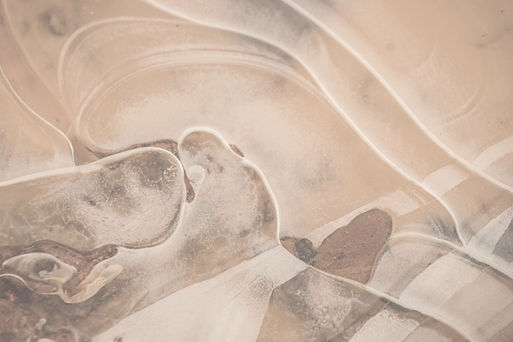


The Tomb of the Unknown Soldier
The Tomb of the Unknown Soldier lies in front of the National War Memorial. It contains the remains of an unidentified Canadian soldier who had been buried near Vimy Ridge in France — the site of a famous Canadian victory in the First World War. The Unknown Soldier represents the approximately 116,000 Canadians who gave their lives for their country, including about 28,000 soldiers whose resting place is unknown. On May 25, 2000, the Commonwealth War Graves Commission exhumed a soldier's remains during a ceremony at the Canadian National Vimy Memorial. The remains were flown back to Canada in a Canadian Forces aircraft and lay in state in the Parliament Buildings until the interment ceremony on May 28, 2000. Soil from each Canadian province and territory, as well as from France, was placed on the coffin. The tomb is a sarcophagus of granite from the Beauce region of Quebec. Its bronze overlay was created in 2000 by sculptor Mary-Ann Liu of Mission, British Columbia The inauguration of Canada's Tomb of The Unknown Soldier was the largest military ceremony in Canadian history.
The theme for Canada’s Tomb of the Unknown Soldier is based on the concept of “passage” -the transition between life and death, and the passage of time- expressed through the transitions of materials from granite to bronze. The rough forms transition into more defined, recognizable shapes from granite to bronze. Creating this flow between materials was the most significant technical challenge. The tomb consists of a branch of laurel, a symbol of victory; a crusader's sword - a broad sword symbolizing the sacrifice of war; a WWI helmet; and a branch of maple leaves, symbolizing Canada. There is a branch of bronze maple that has been ripped off, symbolizing a life taken before its time. Three of the corner pieces show the different variants of the Memorial Cross during the reigns of three Canadian monarchs since the cross' inception—George V, George VI, and Elizabeth II—while the fourth is a poppy.










